Starting small with foundation landscape - help!
kellycrash
11 years ago
Related Stories

DECORATING GUIDESHow to Decorate When You're Starting Out or Starting Over
No need to feel overwhelmed. Our step-by-step decorating guide can help you put together a home look you'll love
Full Story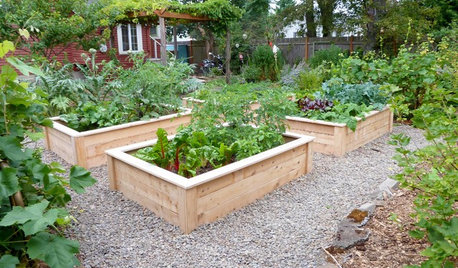
GARDENING GUIDES12 Tips to Help You Start an Edible Garden
Get on your way to growing your own vegetables with a raised bed or a few containers on the patio
Full Story
GARDENING GUIDES10 Tips to Start a Garden — Can-Do Ideas for Beginners
Green up your landscape even if you're short on time, money and knowledge, with these manageable steps for first-time gardeners
Full Story
GARDENING GUIDES6 Steps to Get a Garden Off to a Glowing Start
Grow a lush, balanced garden from an empty patch of yard or neglected landscape spot with these easy-to-follow guidelines
Full Story
STANDARD MEASUREMENTSThe Right Dimensions for Your Porch
Depth, width, proportion and detailing all contribute to the comfort and functionality of this transitional space
Full Story
LANDSCAPE DESIGNHow to Help Your Home Fit Into the Landscape
Use color, texture and shape to create a smooth transition from home to garden
Full Story
GARDENING GUIDESHow to Stop Worrying and Start Loving Clay Soil
Clay has many more benefits than you might imagine
Full Story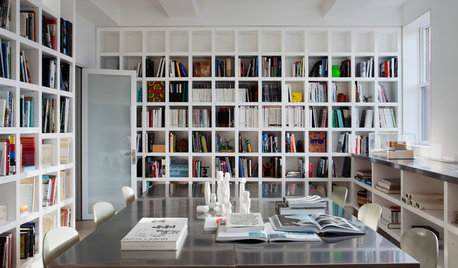
ARCHITECTUREDesign Practice: How to Start Your Architecture Business
Pro to pro: Get your architecture or design practice out of your daydreams and into reality with these initial moves
Full Story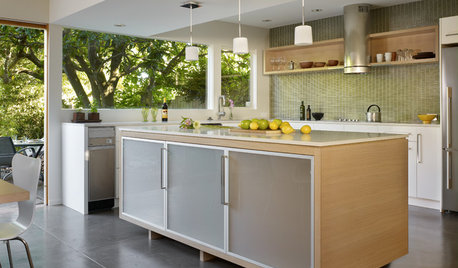
REMODELING GUIDESWhat to Consider Before Starting Construction
Reduce building hassles by learning how to vet general contractors and compare bids
Full Story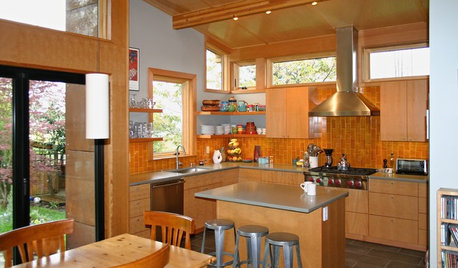
CONTRACTOR TIPS10 Things to Discuss With Your Contractor Before Work Starts
Have a meeting a week before hammers and shovels fly to make sure everyone’s on the same page
Full Story





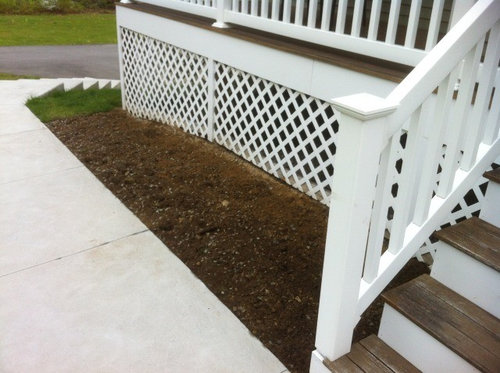

diggingthedirt
pixie_lou
Related Professionals
Benbrook Landscape Architects & Landscape Designers · Franconia Landscape Architects & Landscape Designers · Cambridge Landscape Contractors · Doctor Phillips Landscape Contractors · El Sobrante Landscape Contractors · Estelle Landscape Contractors · Huntington Landscape Contractors · Mahwah Landscape Contractors · Pahrump Landscape Contractors · Waipahu Landscape Contractors · Whitehall Landscape Contractors · Mastic Decks, Patios & Outdoor Enclosures · Montgomery County Decks, Patios & Outdoor Enclosures · South Houston Decks, Patios & Outdoor Enclosures · Windsor Decks, Patios & Outdoor Enclosuresbill_ri_z6b
NHBabs z4b-5a NH
molie